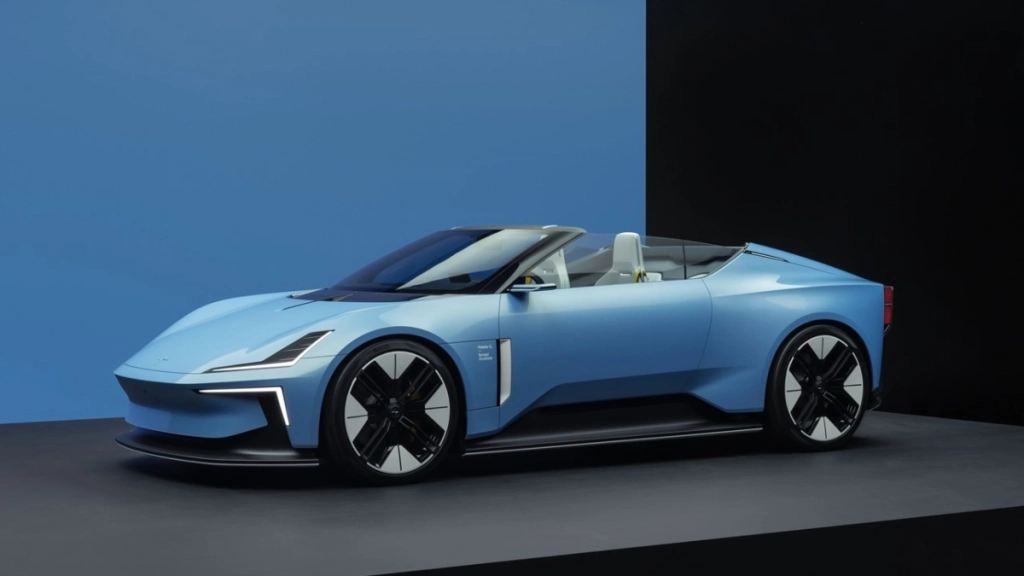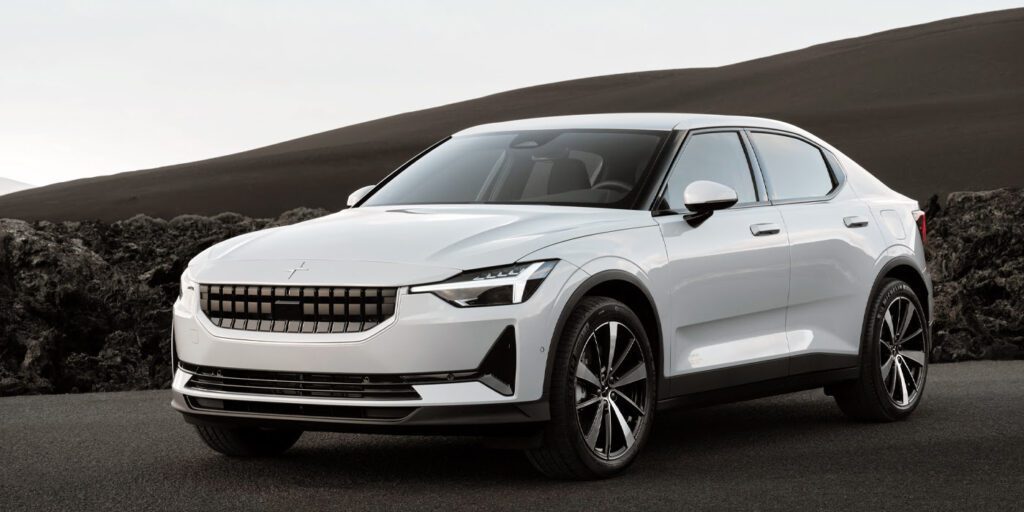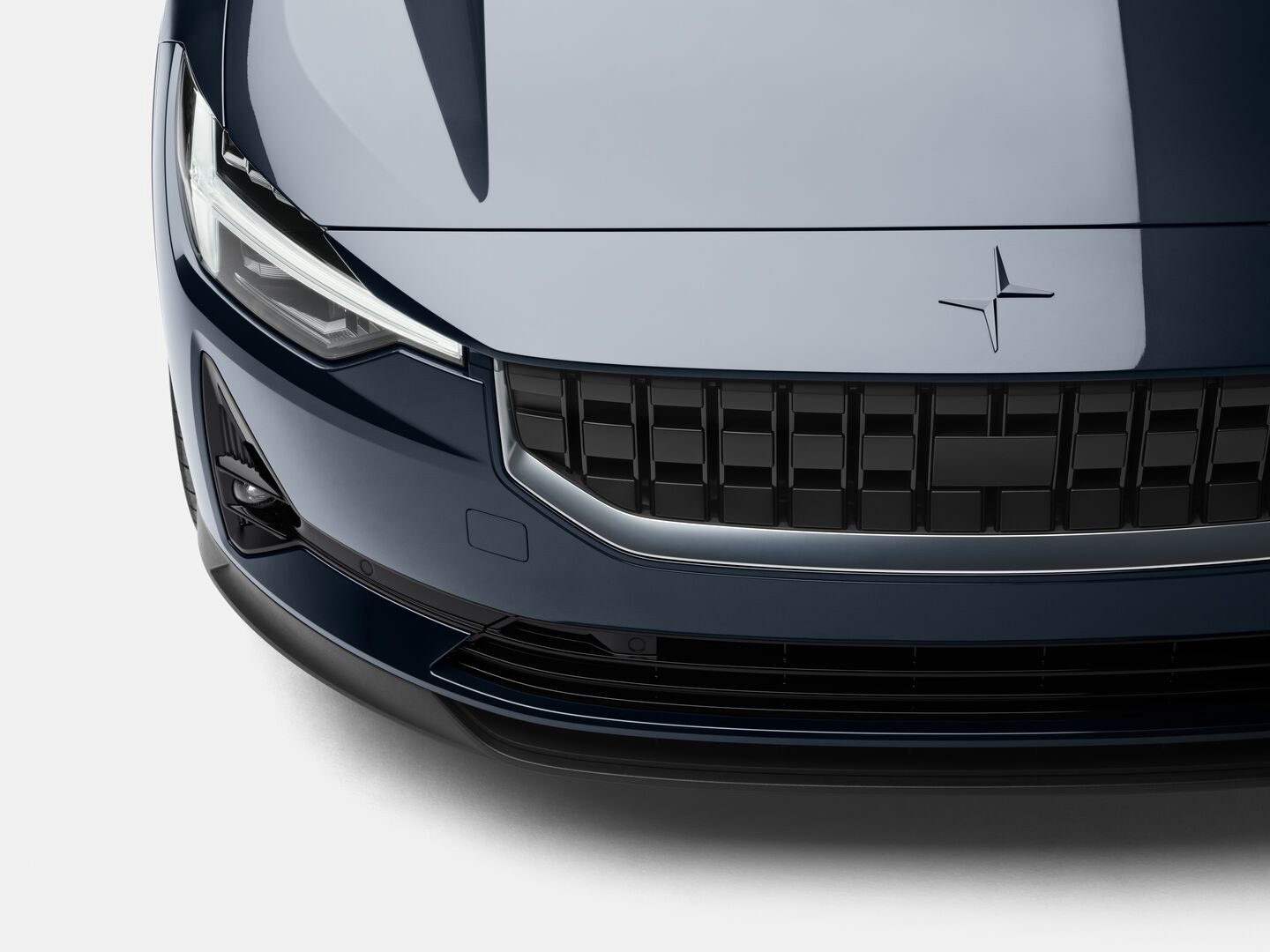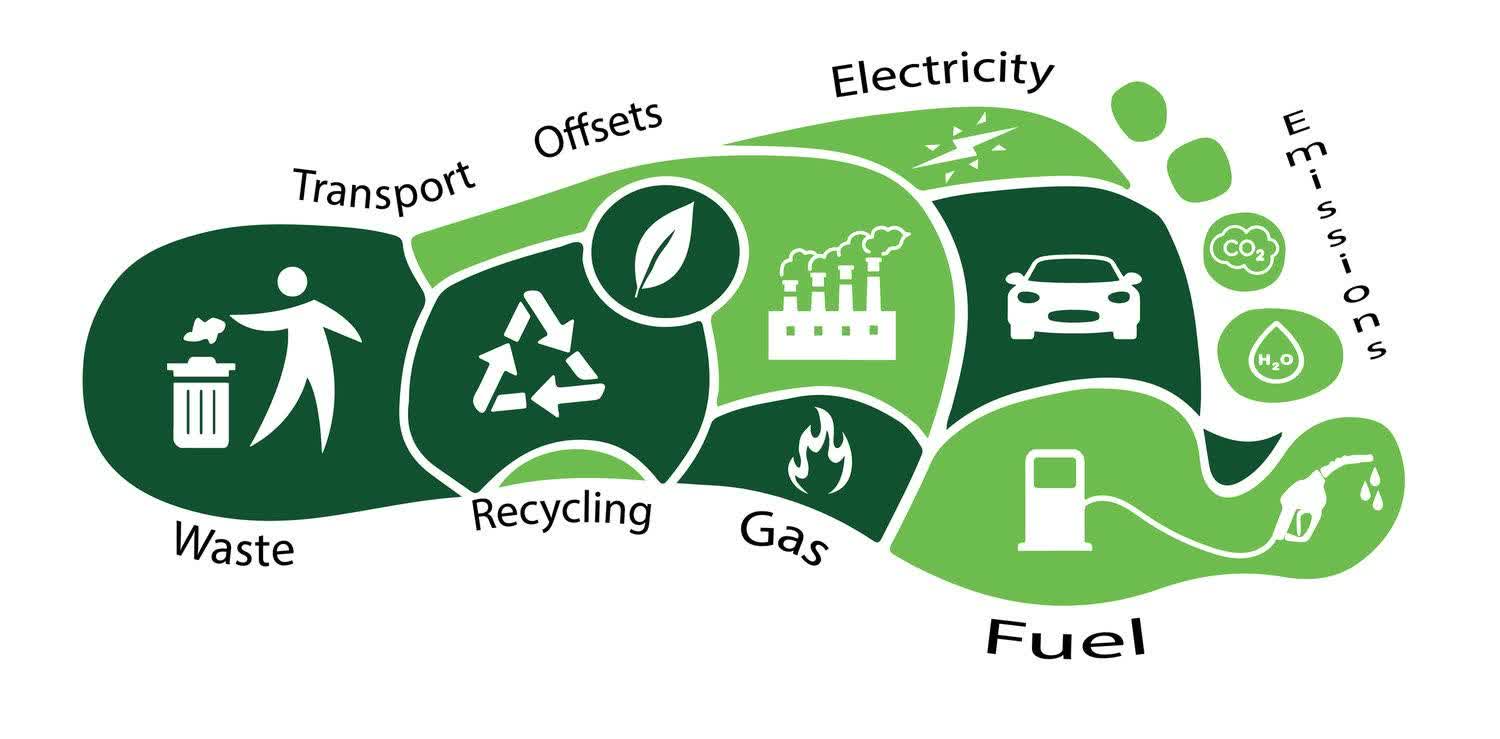Table of Contents
Polestar’s third Annual Sustainability Report is released. Polestar’s third Annual Sustainability Report reveals several key achievements and goals in its environmental, social, and governance efforts for 2022. The company successfully reduced its relative CO2 emissions per car sold by 8% compared to 2021 and by 13% since 2020. These initiatives reflect Polestar’s ongoing commitment to reducing its environmental impact and creating a truly sustainable future.
Polestar Achieves 8% Reduction in CO2 Emissions Towards Carbon-Neutral Future
Polestar has announced that they have managed to reduce their relative CO2 emissions per car sold by eight percent compared to the levels they had in 2021. This is good news for the company and the environment, as it demonstrates its commitment to reducing its carbon footprint and making more sustainable vehicles.
The remarkable achievement of Polestar is that they managed to reduce their relative emissions on a per-unit basis by 13 percent since 2020, despite a record global volume growth of nearly 51,500 cars delivered in 2022, which is an 80 percent increase from 2021. While the absolute emissions increased due to the scale-up, this is still a significant step towards Polestar’s aim of cutting their relative emissions by half before 2030.

So, how did they achieve this reduction? Polestar’s sustainability team worked hard to implement several changes such as reducing average transport, and high sales in markets one of the ways that Polestar has improved the sustainability of their production process is by switching to a supplier that provides aluminum for their wheels and battery trays, resulting in a weight reduction of 1.2 tonnes per car.
The supplier uses a hydro-powered smelter, which is more environmentally friendly. Additionally, the factory where the Polestar 2 is manufactured now uses 100% renewable electricity. Furthermore, Polestar has expanded its product range to include more single-motor vehicles, which require less energy to produce more renewable energy on grids, and ongoing updates within their car programs.
Blockchain for Ethical Sourcing
But it’s not just about reducing their environmental footprint from production. In order to address social and environmental risks in their complex supply chain, Polestar has implemented a blockchain-based system to trace materials back to their source mines. This helps to ensure that risk materials are identified and mitigated. The materials that Polestar traces include cobalt, mica, lithium, nickel, leather, and wool. By increasing the traceability of these materials, Polestar is taking steps to promote greater sustainability and ethical sourcing practices.
Polestar 0 Project: Aiming for Climate-Neutral Cars by 2030
Polestar has set an ambitious goal to produce a climate-neutral car by the year 2030. To achieve this goal, they have launched the Polestar 0 project, which has garnered support from more than 20 key players across various industries. This collaborative effort demonstrates Polestar’s commitment to promoting sustainable innovation and reducing its carbon footprint.

They’re all focused on finding solutions to eliminate CO2e and re-think processes, instead of relying on misleading offsetting schemes.
Polestar Earns Low-Risk Sustainability Certification from Sustainalytics
In February 2023, Sustainalytics, a leading global provider of environmental, social, and governance (ESG) research, awarded Polestar a low-risk 17 certification, recognizing the company’s strong commitment to sustainability and environmental responsibility. This certification reflects Polestar’s effective efforts to integrate sustainability into every aspect of its operations, from production processes to supply chain management and product design.
The low-risk score indicates that Polestar’s exposure to ESG-related risks is minimal, demonstrating the company’s proactive approach to addressing environmental challenges and its dedication to reducing its overall impact on the planet. The recognition from Sustainalytics underscores Polestar’s leadership in the automotive industry’s transition to sustainable, low-emission solutions, and reaffirms the company’s position as a forward-thinking brand in the push for a greener future.
To further this goal, Polestar has partnered with Circle Economy and STENA Recycling to establish a circularity baseline and measure their impact. They will focus on improving their raw material consumption, promoting biodiversity, and enhancing the recyclability of their products. Through these initiatives, Polestar is taking significant steps toward achieving a more sustainable future.
Overall, Polestar’s efforts to reduce its environmental impact are impressive. They know that electrification alone is not enough and that they have a lot of work ahead of them. But with their focus on cutting emissions in their supply chain and their commitment to creating a truly climate-neutral car, they’re definitely heading in the right direction.







